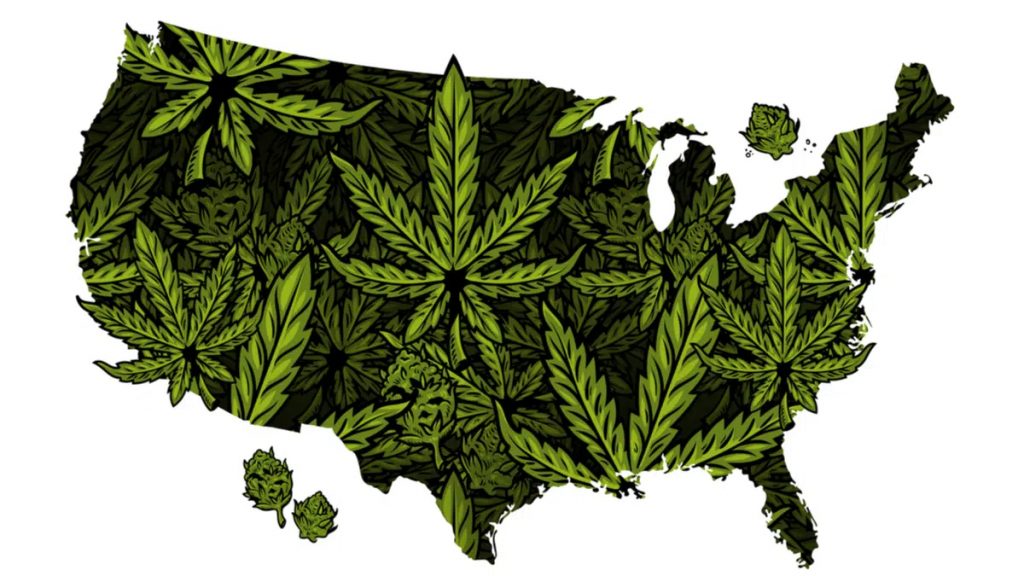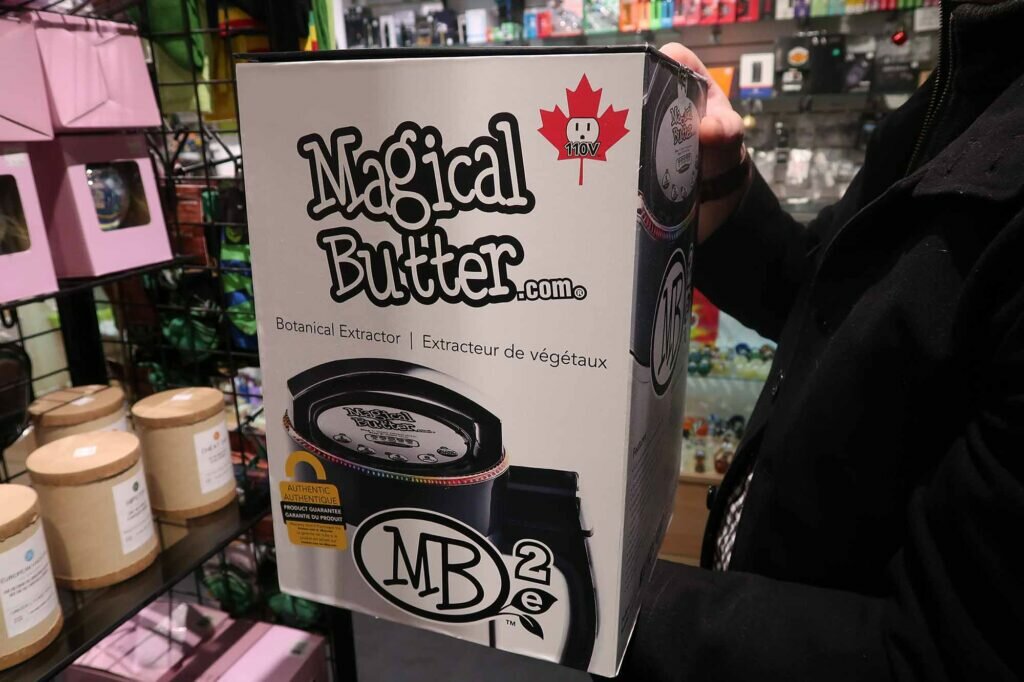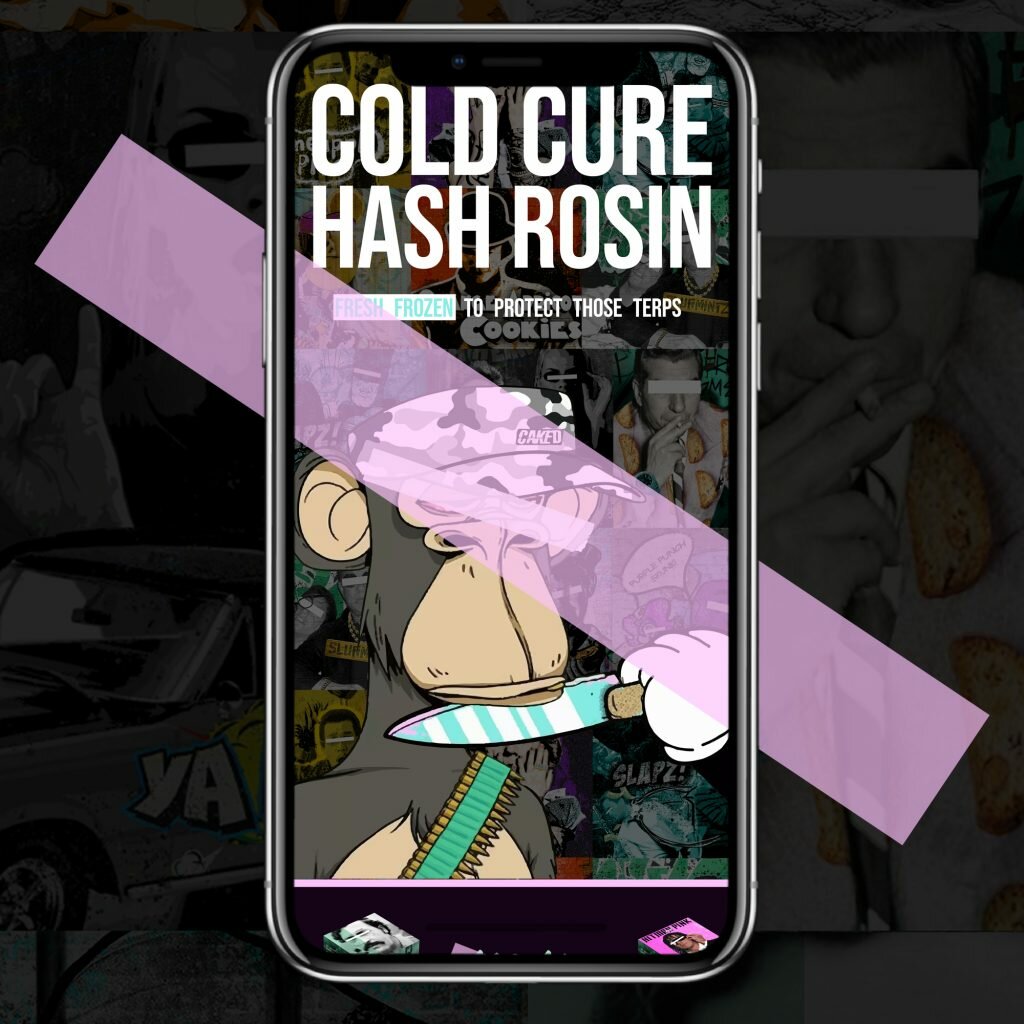75% of Ontario Cannabis Consumers Are Still Shopping Black Market


The OCS (Ontario Cannabis Store) recently published their annual insights report for the 2019-2020 year detailing which products were most popular, total sales breakdowns and a variety of Ontario industry information that you can check out for yourself here.
Within the report it’s noted that since 2019, legal cannabis sales in Ontario have struggled to gain customers from the illicit marketplace. In 2019 it was estimated the black market made up for 81% of all cannabis sales in the region while the newly legal cannabis dispensaries online and retail would only capture 19% of cannabis customers.
This year, the OCS reports that between 2019 and 2020, legal cannabis sales captured 25.1% in this Bloomberg article, suggesting a rise of 6% over the last year, a mere .4% in the first quarter of 2020.


It’s interesting to note that while the OCS reports nearly 75% of sales in their region leaning towards illicit cannabis, Stats Canada continues to report that across Canada that the total % of cannabis sales attributed to unlicensed retailers remains around 40% or $3.86 billion. That’s a 35% discrepancy between Ontario and the country as a whole, so we’re thinking you might want to take all these estimations with a grain of salt.
In any context, if we consider the 80:20 rule that suggests 80% of revenue comes from your top 20% of customers, we can assume the top 20% of cannabis consumers remain shopping where they were before, and this 40% to 75% of cannabis consumers account for a massive portion of the cannabis GDP in Ontario and other provinces across Canada.
Quality Issues Get Little Attention
Since legal cannabis came to Canada, the price and quality of cannabis reaching legal retailers have been questioned, and it’s clear that the provinces main focus is decreasing prices as the report touches once on quality assurance,.
The report touches on meeting Health Canada standards with Cannabis 2.0 products, and improving the on package labelling for more accurate statistics. These are important – but shouldn’t be a goal for producers, they should be a given to be operating in the legal market. The quality issues that are hot topics from the illicit market purchasers are focused at the products themselves, not the Health Canada standards, or packaging.
Online across social media, the quality assurance conversation tends to migrate to a few topics, size of the buds, a lack of proper curing, over dry buds, and a variety of cultivation related discussions. As of November, price point seems to be the target of change on a dispensary and distribution level. The OCS report also includes a short tidbit of information detailing the fact that they have found cannabis consumers in Canada will purchase the products if it is perceived to meet the quality standard of that consumer for a specific price point.
Other Notable Mentions
According to the OCS report, the product return rate over doubled from 147 to 314 in the last quarter of it’s fiscal year in 2020. This has been attributed to the newly released cannabis 2.0 products being launched into the market.
Dried flower dominated sales of all cannabis products with over 5.5 million grams on the OCS.ca website and 22.3 million grams in retail shops. Second in line was oils, prerolls, edibles and vapes, while beverages, concentrates, topicals and seeds sold significantly less units






Responses